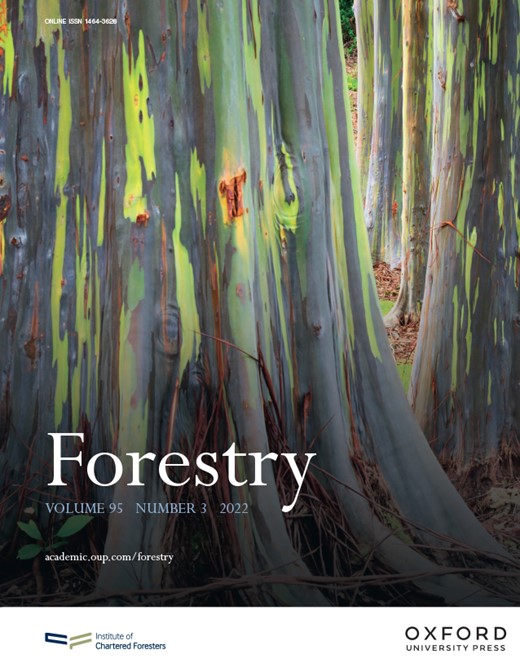
In Nepal, there is currently no volume function for economically valuable tree species like Shorea robusta Gaertn. prepared based on destructive sampling for stem and branches. Existing functions rely on solely diameter and height, despite research indicating the importance of crown dimensions for stem taper. The objective of this study was to collate harmonized data from destructive sampled S. robusta trees from far-west to east Nepal, spanning about 500 km and to prepare new stem and branch volume functions. For every tree (n = 219) diameter at breast height (DBH) and tree height (H) was measured. Thereof 188 trees had measurements of crown length (CL). For a subsample (n = 100) volume of branches (>10 cm diameter) were measured too. We fitted functions for stem and branch volume using regression mixed models with DBH, slenderness and crown ratio as covariates/predictors. We hypothesized that crown ratio is needed for accurate stem and branch volume predictions. Our results indicate that DBH and slenderness were the most important variables for predicting stem volume (marginal coefficient of determination R2 0.948), whereas the inclusion of crown ratio did not increase the explained variance. Crown ratio significantly increased explained variance in branch volume functions, suggesting that crown dimensions are needed to obtain accurate branch volume predictions (marginal R2 0.766). Estimating volume with only DBH, e.g. if more detailed H and CL measurements are missing, resulted in more precise estimates for stem (marginal R2 0.908) and fair estimates for branch volume (marginal R2 0.554). Our mixed model approach revealed that there were only small differences in volume from the different sampling sites and a similar accuracy can be assumed when applying the presented functions in other part of the country. Additionally, we demonstrated that log-transformation and currently used volume functions lead to biased volume estimates, in particular for large-sized trees. This study helps to provide reliable growing stock estimates of S. robusta (and in combination with density the carbon content) and considers the effects of wider spacing and longer crowns on stem taper and allocation patterns.